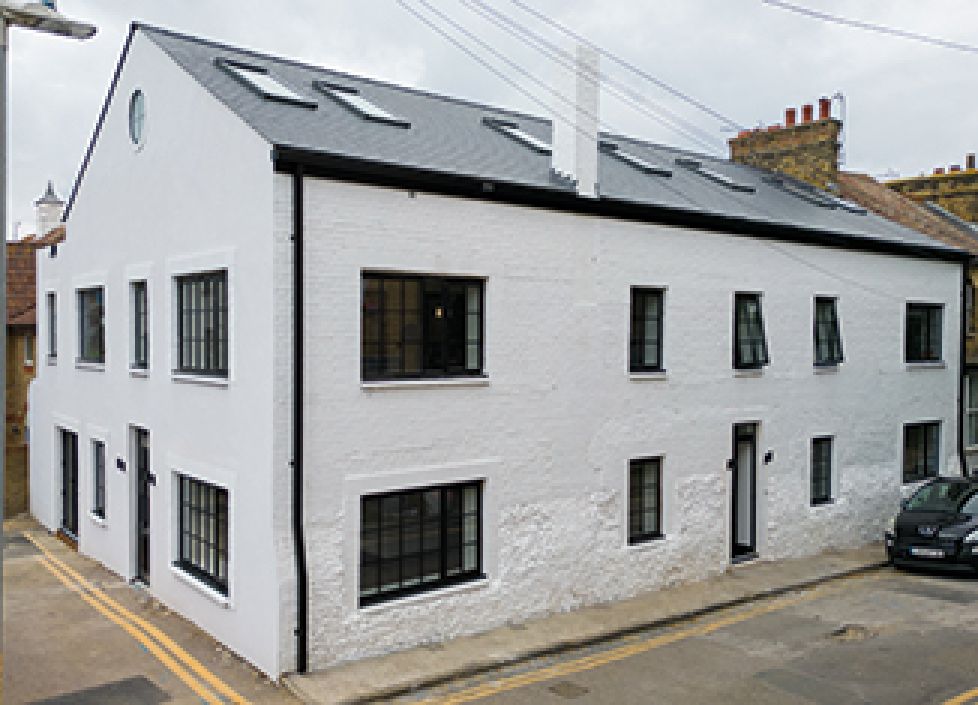The construction supply chain struggled to keep up with increasing new housing and infrastructure across the UK, the RICS Construction and Infrastructure Survey has found for Q2 2021. With total workloads showing strong growth after +38% (net balance) of respondents reported a rise, there were also problems reported with the cost of materials and a shortage of staff to deliver projects.
Growth in the private residential sector continued to lead the construction market, with +50% of respondents reporting an increase in activity (up from +39% in the previous quarter and the strongest reading in the last six years).
While respondents indicated the construction sector is now broadly recovering well from the pandemic, constraints on the market’s return to normality were also becoming apparent. 82% of respondents pointed to a shortage of materials hampering the market during Q2, up from 57% previously. Moreover, the cost of materials is expected to increase by nearly 10% over the next 12 months, with these projections running ahead of the 7% growth anticipated for tender prices.
The Q2 survey also picked up concerns around labour shortages – both for skilled labour and ‘white-collar’ roles – with a net balance of +64% saying a lack of labour will limit new activity (up from +42% in the previous quarter). As an example, in the case of bricklayers this has jumped from 34% to 58% while for carpenters it has increased from 33% to 55%.
Looking at next year, respondents predict construction workloads will continue to gather pace, with a net balance of +55% saying more activity is expected (the highest since early 2016) – with new infrastructure and residential expected to continue leading.
The outlook for profit margins improved slightly for a second successive quarter in Q2, which follows nine consecutive quarters of negative expectation results and highlights that the construction sector is in recovery mode.
Simon Rubinsohn, RICS chief economist commented: “The tone to much of the feedback received in the Q2 Construction and Infrastructure Monitor is pretty upbeat with new business enquiries picking up smartly and this being reflected in the expectation that workloads will continue to grow strongly over the next year.
“Infrastructure and private housebuilding are viewed as likely to remain the most buoyant areas of the industry. Yet it is abundantly clear that a couple of issues present big challenges. Most notably at this point, the availability of building materials stands out as a key problem for respondents to the RICS survey.
“But almost as significantly, labour and skills are increasingly being cited as obstacles for businesses looking to build out existing commitments or embark on new projects. For the time being, the issue appears most visible regarding skilled trades but quantity surveyors are also being highlighted as an area of growing shortage. Unsurprisingly against this backdrop, some concern is being expressed about rising construction costs.”
UK construction PMI slumps to lowest since February
Proof that rising construction costs are slowing activity came from the latest IHS Markit/CIPS construction Purchasing Managers’ Index (PMI), which fell from June’s 24-year high of 66.3 to 58.7 in July. This was the lowest reading since February and the sharpest single-month drop since April 2020, Britain’s first full month of lockdown.
While the PMI still points to solid growth in the construction sector, economists had expected a much smaller slowdown to a reading of 64.0. “Long lead times for materials and shrinking sub-contractor availability were cited as factors holding back work on site,” IHS Markit’s economics director, Tim Moore, said.
Some construction firms also reported that a spike in demand when lockdown restrictions first eased earlier in 2021 was now beginning to wane. However, the construction PMI pointed to big inflation pressures in the pipeline, as construction firms' costs grew only slightly less fast than the 24-year high recorded in June.
“Builders cannot keep up with demand”
Gareth Belsham, director of property consultancy and surveyors Naismiths, said of the PMI data: “This is the clearest evidence yet that the construction industry’s supply chain problems are more than mere speed bumps. Increasing numbers of construction firms are admitting to clients that they simply cannot keep up with demand for building projects.
“The cost of, and wait time for, building materials continues to mushroom amid a perfect storm of surging demand, factories dogged by staff shortages, rising fuel costs, congested ports and post-Brexit trade friction. These problems aren’t just slicing into contractors’ margins they’re now constraining output too. While overall construction industry growth remains strong, especially in the red-hot housebuilding sector, the rate of expansion has cooled sharply.”
However, Belsham added: “Cool heads in the industry have seen this all before, and pragmatic builders and their clients are recalibrating prices and schedules and getting on with it. But there is still the nagging question about the current runaway material cost inflation; is it a short-term blip or are we facing a long-haul of rising prices? The jury is still out on that one.”



















